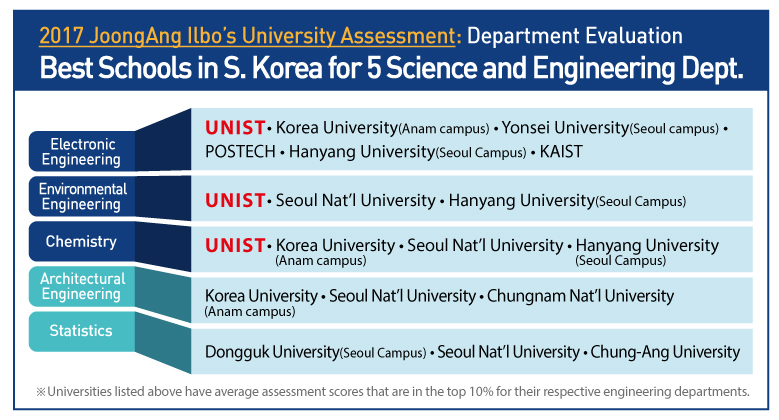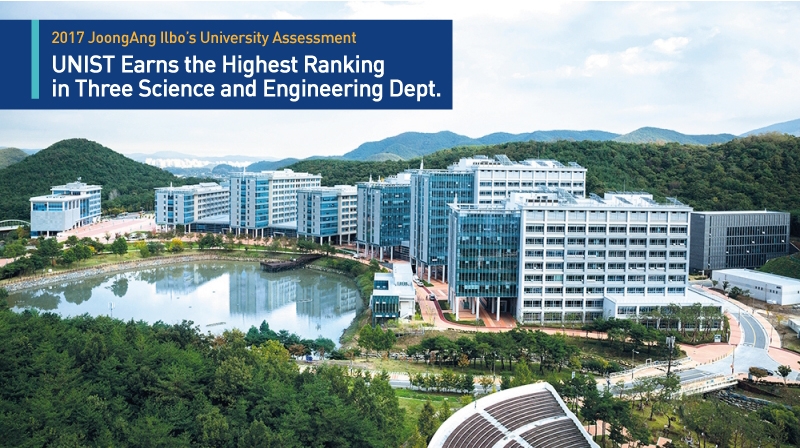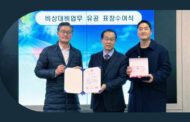UNIST continues to remain as one of South Korea’s top institutions, according to the JoongAng Ilbo Comprehensive University Assessment Rankings for 2017.
Each year, JoongAng Ilbo conducts an assessment of Korean universities based on a total of 32 evaluation indices, including globalization, faculty research, educational environment, finances, reputation, and performance of graduates in society. The assessment, which was conducted in celebration of the 54th anniversary of JungAng Ilbo, focuses on the evaluation of the four-year-course science and engineering programs in South Korea, which includes Electronic Engineering, Environmental Engineering, Chemistry, Architectural engineering, and Statistics.

UNIST has made its marks as a leading institute for the research in some key areas in science and engineering. As indicated above, the publication included UNIST in the list of highest-rated university groups for its electrical engineering, environmental engineering, and chemistry departments. In other words, all of UNIST’s science and engineering departments included on the evaluation earn the highest ranking. The rankings aim to help prospective students identify the nation’s leading schools in their chosen field, with the list of subjects extended each year in response to high demand for subject-level comparisons.
In its announcement, JoongAng Ilbo noted, “UNIST has a short history, yet it has been consistently achieving outstanding scientific results and education.”
“We are delighted to see that we have, by a considerable margin, the highest ranking in South Korea, confirming the leading position we have gained in our short time,” says Professor Franklin Bien (Dean of Public Relations & International Affairs, UNIST) responses, “This success is largely due to the hard work of our students, faculty and staffs.”
The rating was based on 10 percentage-based performance indicators, which include six indicators that assess research impact, based on research citations per paper, h-index in the relevant subject, as well as research expenses. The other four indicators were used to assess institutional’ reputation in each science and engineering subject based on the number of students per professor, scholarship ratio as compared to tuition, and employment rates. Based on such evaluation, the top 10% are classified as “Highest-rated”, 25% as “Best-rated”, and 50% as “Good”.






















